The era of digital content and social media gives opinions a very high value but, what about the capacity of learning from our mistakes?
Photo: Bigstock.
At a time when social networks facilitate conversation with thousands or even millions of people who think differently from us and in which we have a high risk of consuming false or biased content, it is quite possible that more than once, we find ourselves in the wrong side of an argument.
The lack of accurate and fact-checked information, a biased reading, an incomplete analysis or just running into someone whose experience or a different perspective makes us really examine of our point of view, can lead us to seriously examine our point of view and sometimes, lead us into becoming “that wrong person online.” even give us realize that we are wrong. But let’s be honest. How easy is it to stop arguing and come up with the phrase “you are right”?
Most of the time the situation escalates to aggressive behavior online, 41% of Americans have experienced online violence. In Mexico, the number of exposed young people amounts to 25.1% The reasons for systematic aggression are varied and complex,but one of its key elements can be easily identified: it hurts less to be violent with other people than it is to admit a mistake or a defeat while defending a point of view.
The bad news: It hurts like hell to be wrong
Why is it so easy to lose our capacity to be sensible and rational with other people when we talk politics with a relative? Or about sports with a stranger on Twitter? The culprit is actually our best ally: self-esteem.
The notion of self-worth powers most of the decisions we make. We invest a lot of time, an effort, to protect and maintain the image we project. The dark side of our wish for approval is our fear of rejection, or even more, our terror of humiliation.
Studies like the one published in 2012, authored by Naomi I. Eisenberg, goes straight into the link between physical and social pain, and it describes a close relationship between them. Paul Randolph, a mediation specialist, explained for The Guardian how the brain reacts to a situation of error or mistake.
The word “sorry” is one of the most difficult to express, despite it being the quickest, cheapest and most effective form of resolving a dispute. But our brain seems to indicate us that saying “sorry will be as painful as putting our hand into a fire.
The author also linked this neurological mechanism with one of our most basic instincts, that of fighting or flight instinct. When our brain perceives a threat, it doesn’t stop to think if the pain would be physical or psychological, it just rushes to protect us from it.
When we have a disagreement that escalates into a discussion, we are not just arguing with the person on the other side of the screen, we are fighting our brain, which is going to be on defense-mode until someone “wins or lose” the argument.
The good news: is treatable, with a little bit of education
Educators have been stigmatizing mistakes for a while. B.F. Skinner, one of the most important psychologists of the past century, influenced a lot the way we understand the brain and the methods to develop strategies to teach. Skinner and his followers were not keen on slipping down the road of learning.
This trend was not replicated in other cultures in the same way. In their book “The Learning Gap,” psychologists James Sigler and Harold Stevenson, compared recorded lessons of 8th math lessons around the world. They discovered that American teachers focused on a limited number of methods to solve problems and ignored the errors that happened in the process to get to the right answer. Japanese teachers, on the other hand, asked students what was their preferred method and encourage them to find their own way to a solution, fostering a general discussion of the common mistakes and how to avoid them.
In summary, Japanese teachers focused on making students aware that obstacles and mistakes were a natural part of the learning process, nothing that would provoke pride in having the correct answer, or fear of not having it.
The two most fundamental principles we can get from this experiment are:
1. Precision in the classroom must never be linked to a student’s self-worth.
2. Getting it wrong opens a path for creativity and conversation to generate effective solutions.
To understand the root of online violence we need to take into consideration not only that critical thinking is a scarce resource that blocks learning, dialogue, and social evolution; but also, we need to teach students that being wrong is not the problem, how we react to it is.
This article from Observatory of the Institute for the Future of Education may be shared under the terms of the license CC BY-NC-SA 4.0 
)
)
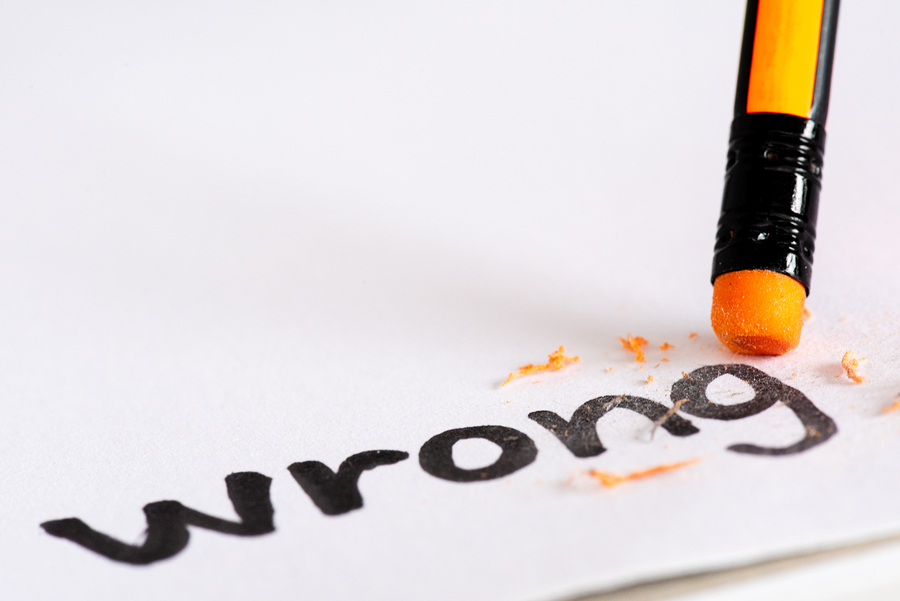
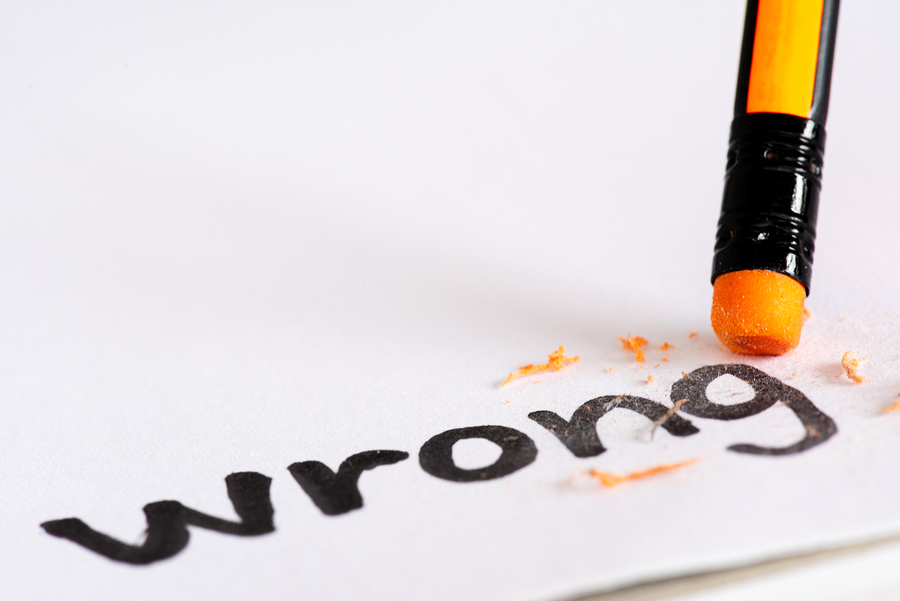


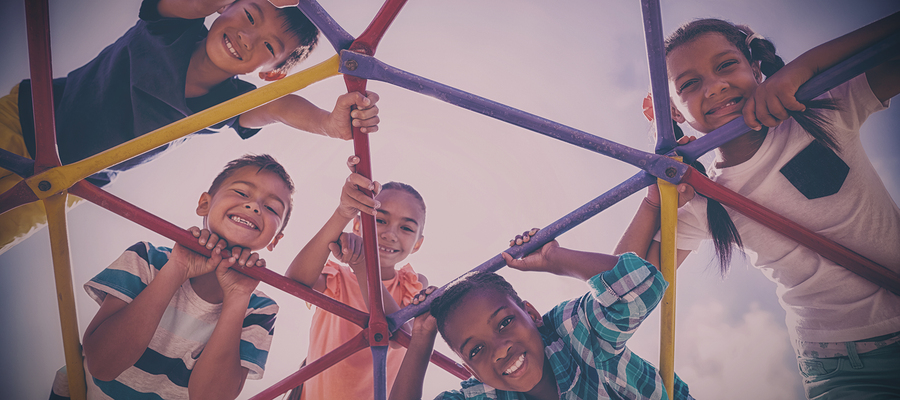

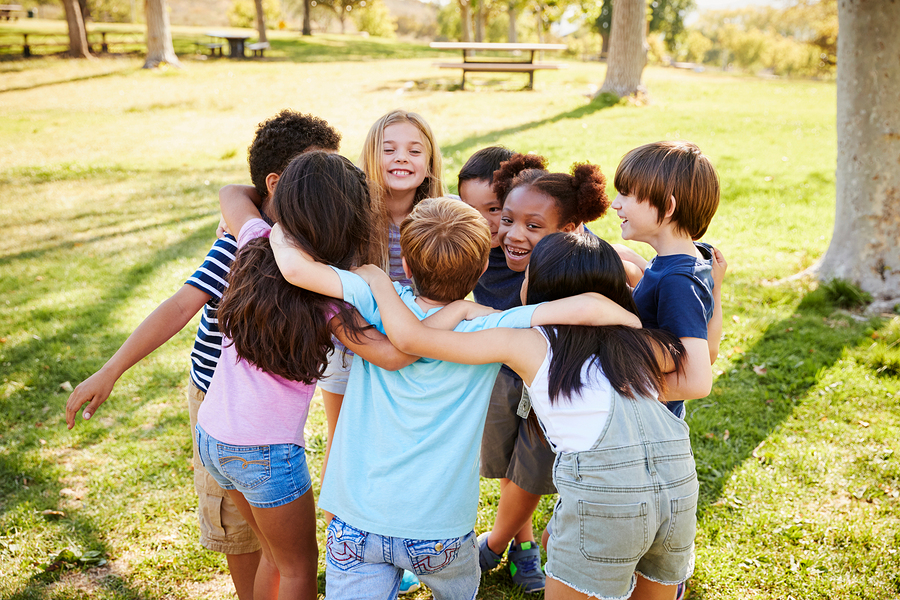



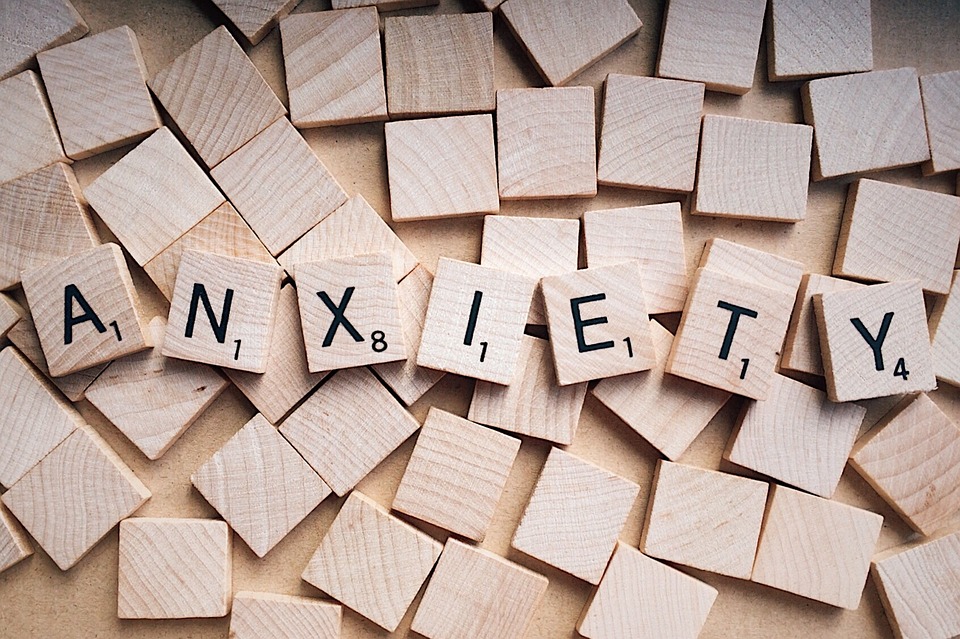
)
Paulette Delgado
Paulette Delgado
Paulette Delgado